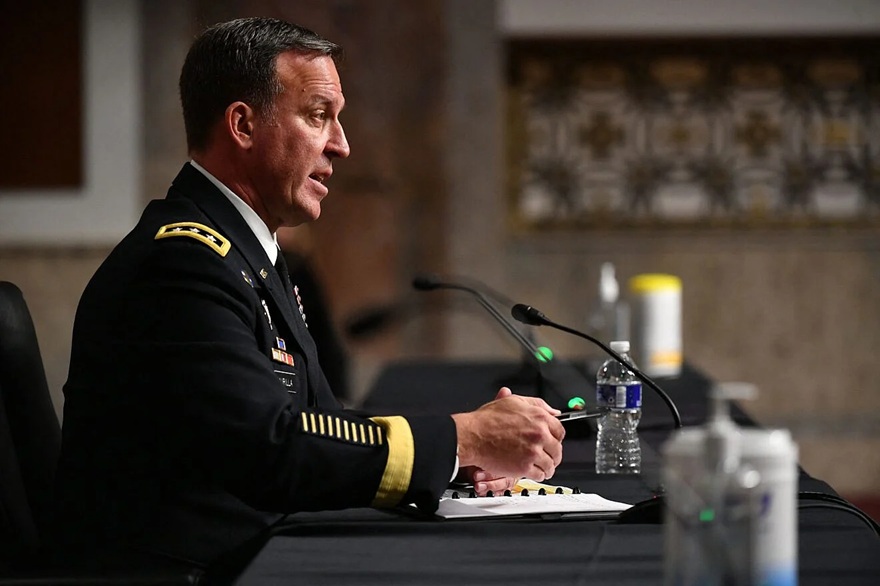The top US military official for West Asia has confirmed that military plans to strike Iran have been submitted to President Donald Trump, with US forces prepared to act if directed. General Michael Kurilla, head of the US Central Command, stated during a hearing before the US House Armed Services Committee that he provided Trump and the Secretary of Defense with a range of military options concerning Iran.
While US presidents and defense secretaries are routinely briefed on potential military actions—especially amid heightened tensions—such plans do not guarantee an immediate strike. If the US decides to proceed, cooperation with Israel is likely. Since April, Israeli Prime Minister Benjamin Netanyahu has reportedly sought US approval and support for attacks on Iranian nuclear sites.
A recent Bloomberg report cited a retired US Navy admiral and former NATO commander outlining a potential operation against Iran. The strategy would likely begin with a cyber campaign to disable Iranian defense systems, followed by missile and drone strikes targeting air defenses. Special operations forces could also be deployed, mirroring a past Israeli operation in Syria where commandos destroyed an underground Hezbollah bunker using a combination of airstrikes and rapid mobilization.
The US and Israel may employ a similar approach, possibly using naval ships to position special forces near Iranian territory. Long-range Tomahawk cruise missiles could then strike Iran’s radar networks, power grids, communications infrastructure, and anti-aircraft batteries. Drones could neutralize Iran’s air force before it responds, a tactic similar to Ukraine’s recent operations against Russia.
If Iran’s defenses are sufficiently weakened, strategic bombers like the B-2 Spirit could target hardened nuclear facilities, with 30,000-pound bunker-buster bombs used to destroy underground structures. Satellite images from March and April indicated the US had positioned B-2 bombers at Diego Garcia, within operational range of Iran.
However, striking Iran’s nuclear facilities presents major challenges. The sites are widely dispersed, heavily fortified, and deeply buried. Logistical and geographical hurdles, along with escalation risks, complicate any mission. Iran remains a formidable regional power with advanced ballistic missiles capable of hitting targets over 1,700 km away. This year, Tehran has unveiled new missiles, naval vessels, drones, and underground storage facilities.
Iran has also issued warnings, stating that any Israeli strike on its nuclear sites would trigger a counterattack on Israel’s nuclear facilities. Iranian officials claim to possess intelligence on these locations and vow retaliation if provoked. Additionally, Tehran has threatened to strike US bases in the region if conflict erupts, warning that America would be forced to withdraw as all its regional installations are within Iran’s reach.
Despite tensions, diplomatic efforts continue. Reports suggest Trump recently told Netanyahu that a nuclear deal with Iran remains possible, and he currently opposes military action. The situation remains uncertain, with global attention turning to the upcoming sixth round of US-Iran nuclear talks later this week.

